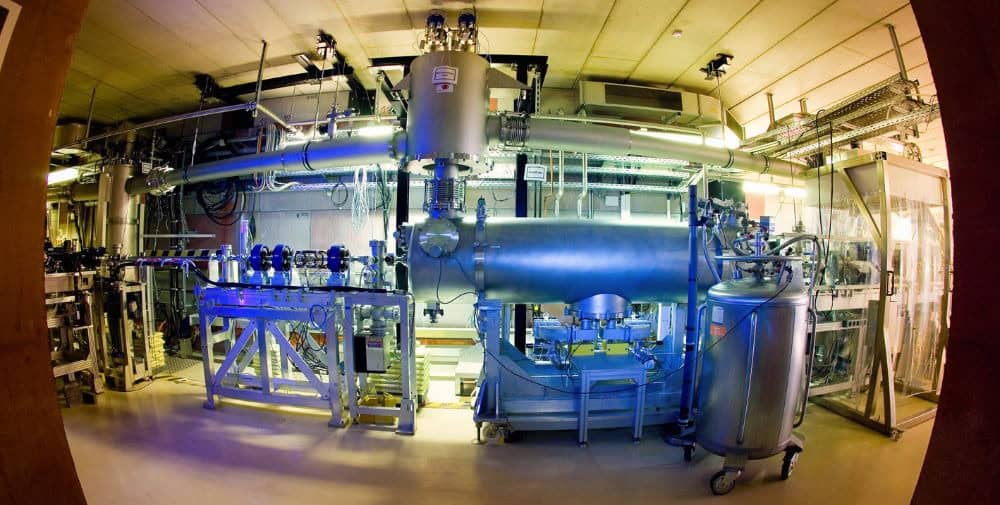
“We are thus creating a basis for long-term cooperation at eye level in order to develop new accelerator technologies – from the licensing of research results to the transfer of knowledge and personnel,” emphasizes the Scientific Director of the HZDR, Prof. Sebastian M. Schmidt. Sebastian M. Schmidt.
The collaboration with Research Instruments goes back 20 years, when the first Superconducting Radio Frequency (SRF) cavities for the Tesla Test Facility, now the European XFEL, were jointly developed and built. “Through the collaboration with HZDR, RI has acquired the expertise to build complete SRF modules based on the design of the ELBE radiation source at HZDR,” says Dr. Michael Pekeler, Managing Director of RI. RI builds these modules under license for smaller laboratories in research institutions all over the world, which thus acquire state-of-the-art technology without having to invest in their own developments. In addition, RI also offers turnkey accelerators for research and industry
One focus of the partnership will be joint work on the ambitious new Dresden Advanced Light Infrastructure (DALI) project. DALI was shortlisted as a priority research infrastructure by the Federal Ministry of Research, Technology and Space in July, making it one of nine major scientific projects across Germany that are particularly worthy of funding and are intended to secure and strengthen Germany’s innovation potential in the long term.
A special feature of the strategic partnership with RI is that the collaboration covers all three research areas relevant to the HZDR: energy, health and matter. This makes it a genuine strategic partnership that paves the way for innovation across traditional disciplinary boundaries.
With this step, HZDR and RI are sending a clear signal for the close interlinking of cutting-edge research and industrial development and creating the basis for impulses that will have an impact far beyond the institutions involved.
– – – – – –
Further links
👉 www.hzdr.de
Photo: HZDR/Juergen Loesel



